Surprising Science Fiction Stories from the Ancient World
When did automata, flying saucers, and intergalactic space battles first appear in literature? The answer might not be what you think.
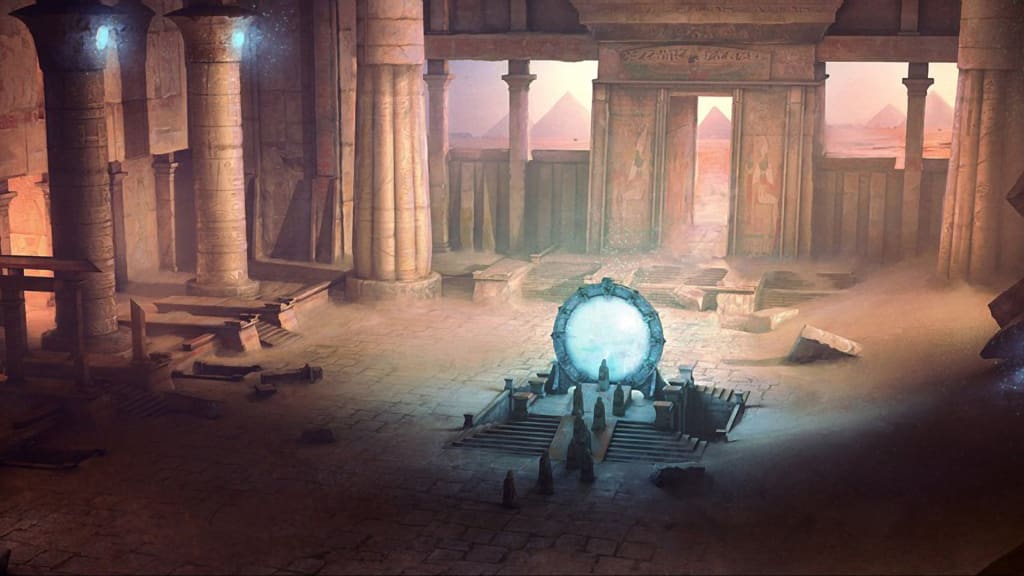
Some think of Mary Shelley’s Frankenstein as the beginning of science fiction. Others would say that it didn’t really begin until H.G. Wells began writing down his marvelous, speculative stories in which he imagined terrible - and wonderful - possibilities for the futures. While these might be the beginnings of science fiction or speculative fiction as we define it today, there are many stories from the ancient world and early cultures all over the planet that contained elements of science and speculation similar to the ones we love today.Whether they’re early tales from Japan or surprising elements of the Bible, these stories will inspire you to take a closer look at what you consider the origins of your favorite genre.
True History - Samosata
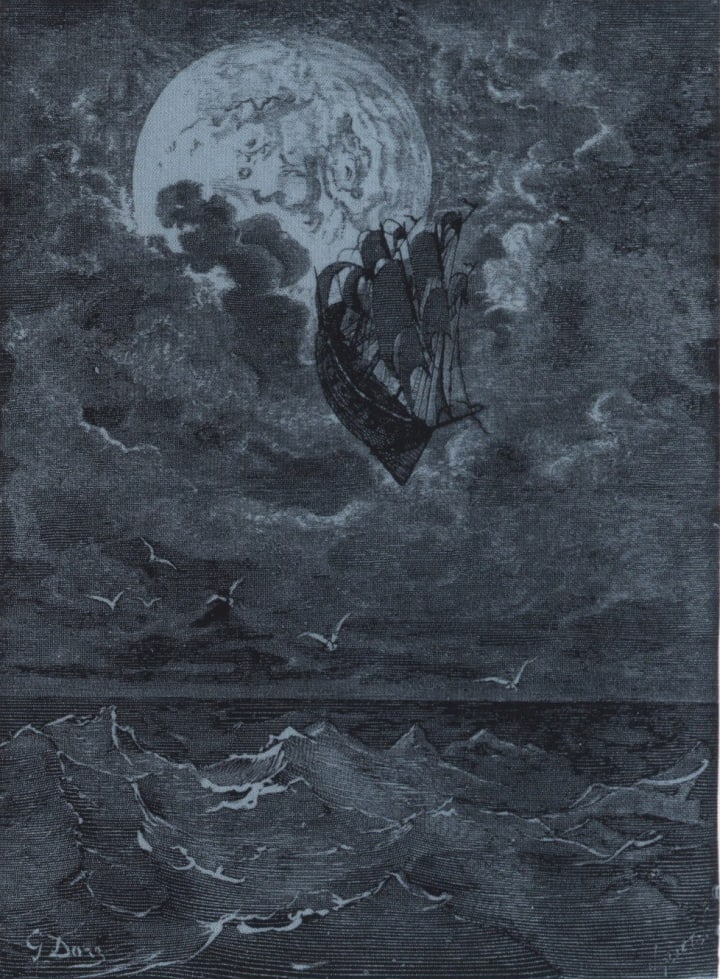
Samosata’s True History makes it onto every list of ancient science fiction stories, and for good reason. While it may have been written on a scroll by an ancient Roman in the 2nd century AD, it’s got many of the classic elements of a good science fiction story of today. When a whirlwind suddenly strikes the protagonist Lucian’s ship, it carries it off into the sky where 1) the ship lands on the moon, 2) Lucian and his crew become involved in an intergalactic space battle contesting the colonization of Venus, 3) the heroes are mounted on space fleas and space vultures, 4) so much blood spills into the sky that the clouds are all dyed red, 5) the enemy builds a giant wall to eclipse the moon, and 6) after our heroes are victorious, they return to the moon to find a single gender race of moon men who marry each other, bear dead children in their calves (which they bring to life by “putting it in the wind with its mouth open”), eat flying frogs which they cook over coals, and “snuff up” dark smoke. Whew! You seriously can’t make this stuff up. Ok, well, actually you can, or at least Samosata definitely did. This was all conceived of in a time when no telescopes existed. If you want to just throw this aside as some ancient acid trip, first know that Samosata’s alien ethnography echoed, explored, and critiqued the “soft science” of his day—not unlike what modern sci-fi continues to do today.
The Book of Revelations
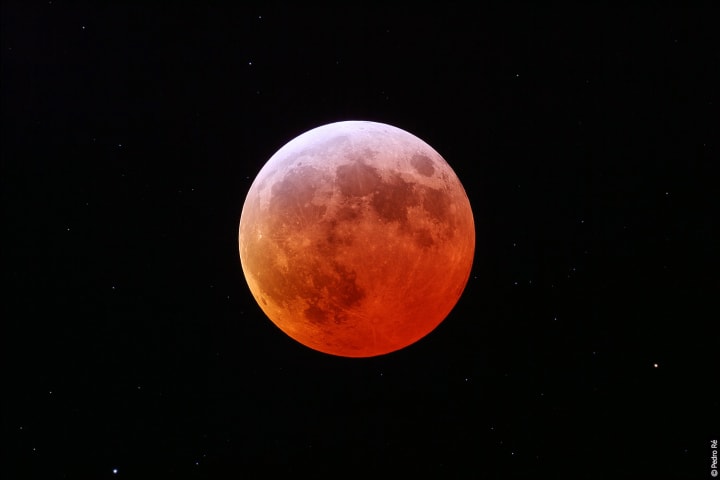
I’m not arguing about whether the Book of Revelations is fact or fiction, and I’m certainly not claiming that it’s science fiction. However, there are definitely some elements which would be at home in a science fiction story, like a great earthquake, a sun that turns black, a moon that turns as red as blood, stars that fall to the earth, mountains and islands that are removed from their places, and heavens receding “like a scroll being rolled up.”] British author and critic Adam Roberts notes that "We are not in the habit, perhaps, of thinking of the Bible as science fiction; but in so far as it does provide us with the myths with which our culture encounters Otherness, the label has a certain appropriateness."
Science Fiction in Hindu Mythology
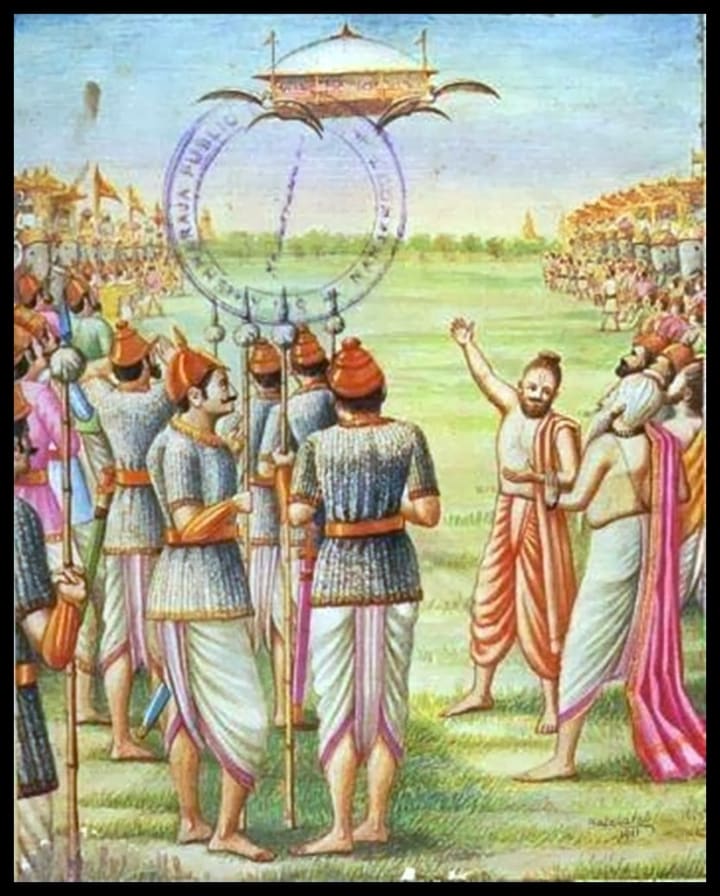
Ancient Indian epics are full of some of the most rich and fascinating stories in the history of literature (and I say this as a person who, with great delight, once read a 2,000 page translation of the Mahabharata; I then spilled curry on it and had to explain that to the librarian but that’s another story). While you might think of the Ramayana (5th to 4th century BCE) as a story of romance, demons, and spiritual magic, it also includes Vimana flying machines capable of traveling underwater and into space and destroying entire cities with complex weapon systems. You can also find sci-fi elements in the Rigveda, a collection of Sanskrit hymns from 1700-1100 BCE that includes mechanical birds and other complicated machinery. The Mahabharata, a tale of five adventurous brothers and their polyandrous wife Panchali, includes the tale of King Kakudmi, who, Rip Van Winkle-like, travels far from Earth and discovers upon his return that many ages have passed - a classic story of time travel to be sure.
Early Japanese Tales
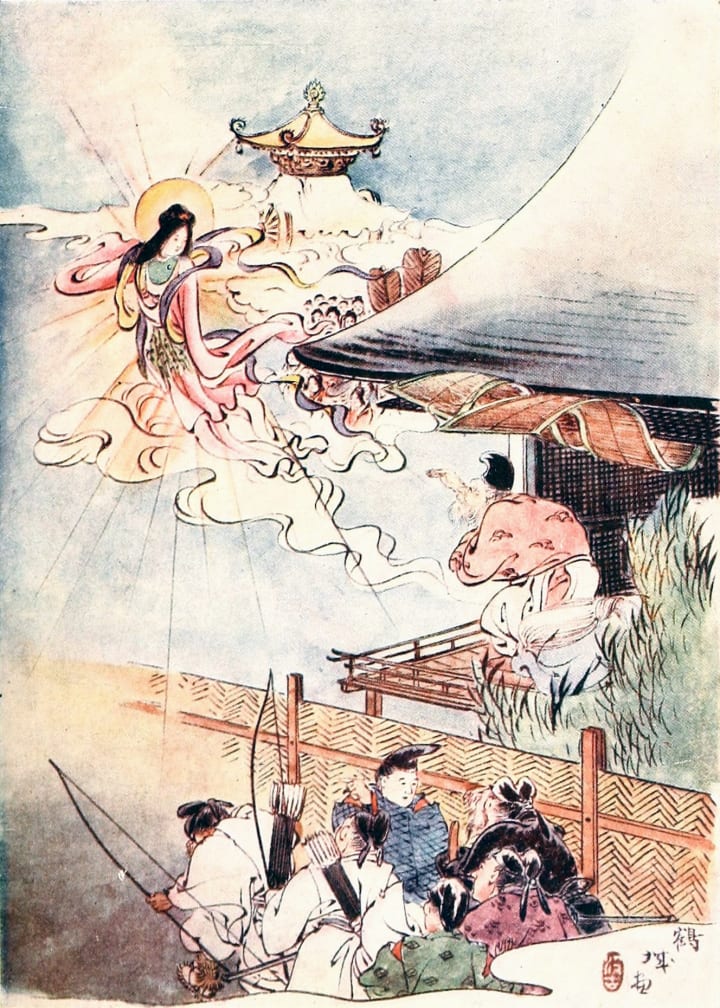
When it comes to early Japanese tales, you’ve got your pick of fantastical science fiction elements. If you want to hear about underwater civilizations and time travel (again, similar to the story of Rip Van Winkle), try Urashima Tarō, thestory of a fisherman who passes three days to find that they were actually three hundred years. If you’re interested in a Moon princess raised by a bamboo cutter who eventually returns to her Moon family in a flying saucer, you’ll want to try The Tale of the Bamboo Cutter; her return voyage is pictured above.
Icarus and Daedalus
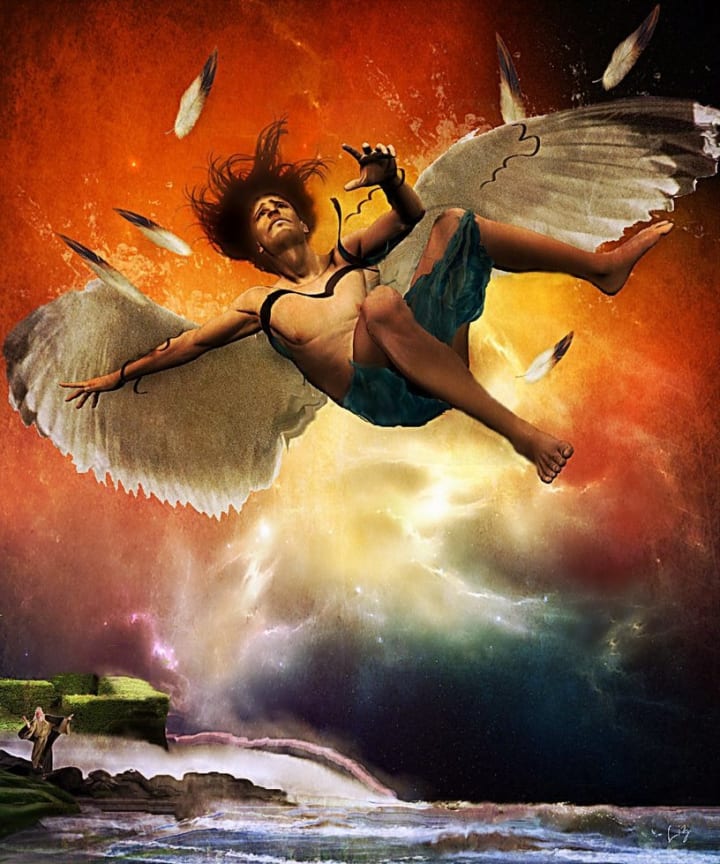
Going beyond what the gods intended is a common theme of science fiction stories today; how far is too far when it comes to artificial intelligence, space exploration or colonization, or transhumanism? This is also the central theme of the story of Daedalus, who famously created wax wings to escape King Minos’ prison on the isle of Crete with his son Icarus. When Icarus flies too close to the sun despite his father’s warnings, the wax melts and he plunges to a watery grave, a classic example of hubris. Was Daedalus perhaps the first transhumanist? These are unanswerable questions, but they do give us a completely new way to look at familiar, ancient stories.
One Thousand and One Nights
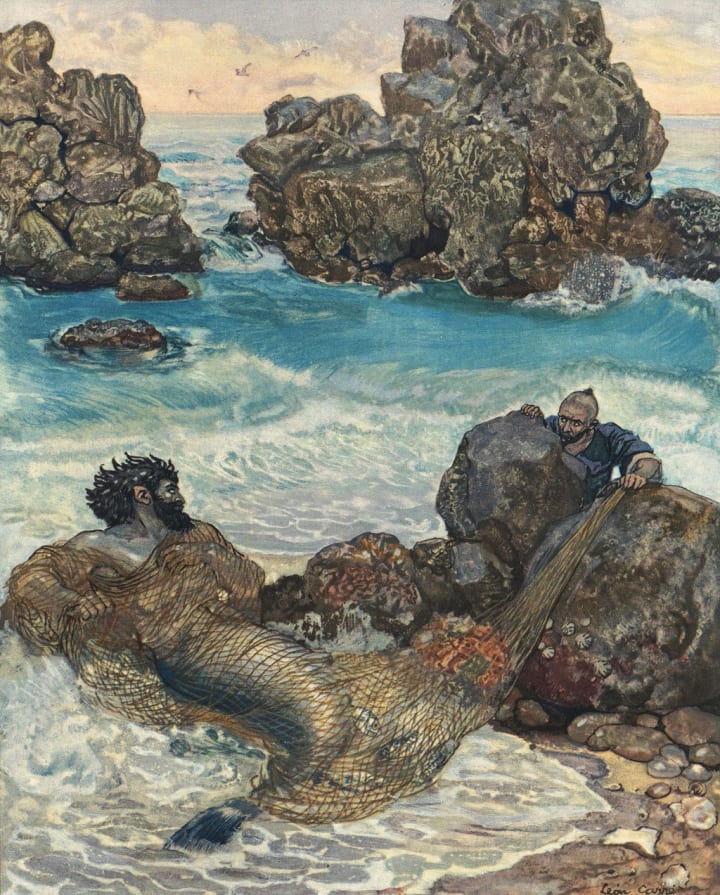
One Thousand and One Nights is a mixed bag of all kinds of craziness, so it’s not surprising that science fiction elements are found within its pages. Various tales feature traveling across the cosmos, the discovery of advanced ancient civilizations gone astray, humanoid robots and automata, a flying mechanical horse (controlled using keys) that could travel into space, a brass robot horseman, majestic Utopian societies, and seductive mechanical marionettes who dance without strings (that last one is just super, super creepy). Above, you see pictured a scene from “Abdullah the Fisherman and Abdullah the Merman” in which the protagonist finds a secret underwater society that functions in the opposite manner from society on land - no one wears clothing or uses money in a sort of subterranean communism. While the authors of these tales certainly didn’t think to themselves “I’m writing science fiction right now!” their dreams for the future and speculation about what it might hold closely mirrors that way that authors, filmmakers, and artists continue to think about their genre today.
About the Creator
Sarah Quinn
I'm a writer in love with India, Stars Wars, fantasy, travel, and Thai curries. My childhood heroes were Luke Skywalker and Joan of Arc. I muse on superheroes, sci-fi, feminism, and more.


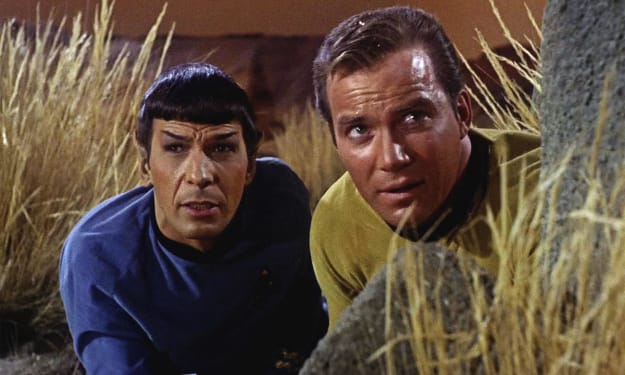



Comments
There are no comments for this story
Be the first to respond and start the conversation.